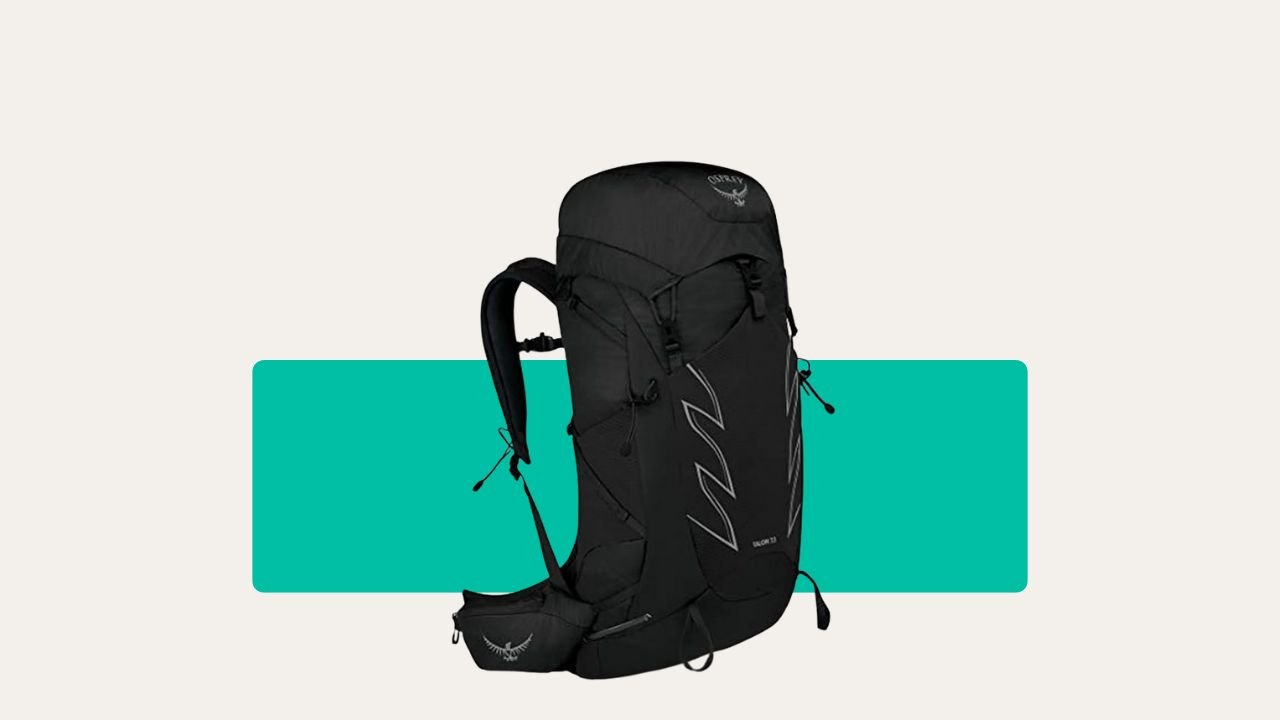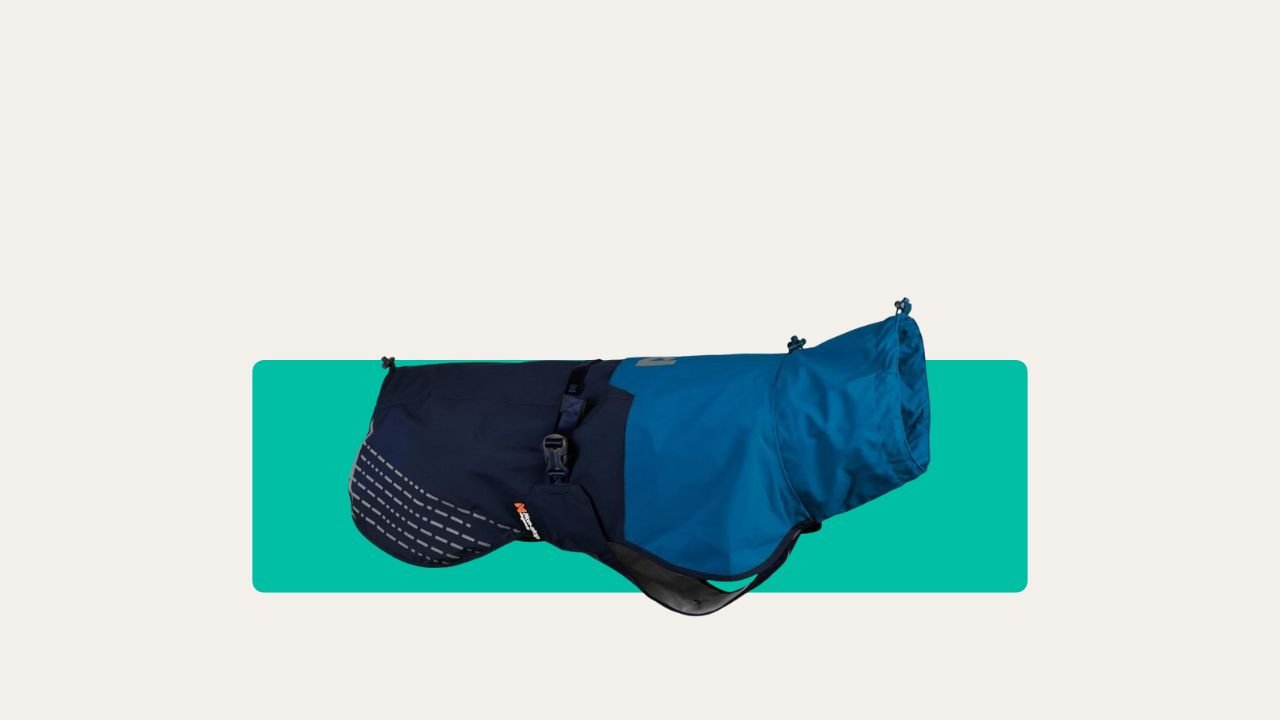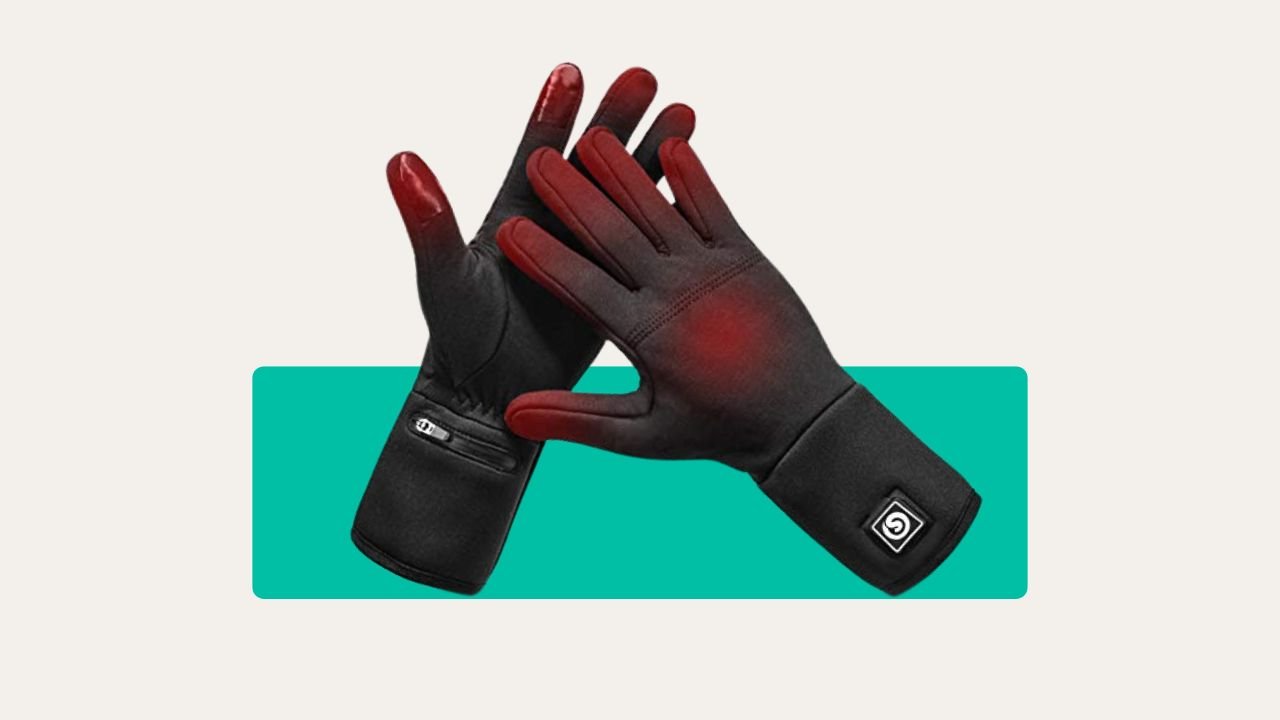Most people think a cheap fan heater will keep their caravan warm all year. Truth is, that heat shoots up, disappears out the vents, and your toes stay like blocks of ice.
If you’ve camped a wet Easter or tried a Scottish winter, you’ll know the cold starts from the floor. That's where underfloor heating kicks in – not just a gadget, but a game changer for anyone wanting a caravan that feels like home.
Why Warmth Actually Matters in a Caravan?
Cold caravans aren’t just uncomfortable – they’re a proper nightmare. I’ve had nights in the Lakes with condensation raining off the windows, feet too cold to sleep, and the kettle working overtime.
A warm caravan isn’t just about comfort; it’s about health, stopping damp, and stretching your camping beyond the sunny weekends. If you want to enjoy a frosty sunrise without cursing your life choices, warmth isn’t negotiable.
How Underfloor Heating Works (And Why It’s Different)
Underfloor heating does what fan heaters can’t – it spreads heat upwards, evenly, right where you need it. There are two main types for caravans: electric or hydronic.

Electric underfloor heating uses special wires or films you lay under your floorboards or vinyl. Plug it in, set your thermostat, and the floor gets toasty fast. Great for quick breaks and easy DIY.
Hydronic underfloor heating runs warm water through pipes under your floor, powered by a boiler or water heater. It’s slower to heat up, but gives a steady, gentle warmth. If you use your caravan for longer trips or winters, it’s worth the effort.
Most beginners go for electric because install is simpler. If you’re going big – say, a twin-axle, lots of winter use – hydronic gives you real “cottage-at-Christmas” warmth.
Choosing a System That Suits Your Caravan Style
Choosing the right underfloor system isn’t just about price. Do you mostly stay hooked up, or use solar? Is your van tiny, or do you have space for a proper wet central heating setup?
Go electric if: You want simple install, quick heat, or only weekend trips. The draw is manageable on most hookups, and you can switch off rooms you don’t use.
Go hydronic if: You spend weeks out, want to heat a big living space, or your van has a smart power setup. You’ll need room for pipes, a boiler, and sometimes a tank.
Think ahead: the bigger your van, the more insulation matters. No heater works well if your floor is thin as cardboard.
Steps to Install Underfloor Heating (Without Messing It Up)
There’s no shortcut here—get the basics right, and your system will work for years. Do it in a rush, and you’ll hate yourself by November.
For Electric Underfloor Heating:
1. Plan the layout. Work out where beds, seats, and fixed cupboards are. Only heat where you walk or stand.
2. Insulate well. Lay proper insulation boards or reflective underlay over the subfloor. This keeps heat rising, not sinking into the ground.
3. Lay the heating film or cable. Don’t let cables cross, and keep them flat – this is fiddly, so take your time.
4. Install a thermostat with a floor probe. It’s the brain of your system, stopping the floor from getting too hot or wasting power.
5. Wire it all up safely – if you’re not sure, get a sparky to check your connections.
For Hydronic Underfloor Heating:
1. Measure and mark. Pipe layout is everything. Plan your runs so water flows evenly and you don’t end up with cold corners.
2. Insulate first, always. Consider PIR boards or foil-faced insulation under the pipes to push heat upwards.
3. Connect to a heat source. This could be a small combi boiler, or a heater fitted for caravan use.
4. Pressure test the pipes. Trust me, finding a leak under the floor mid-winter is a disaster.
5. Install your floor covering. Vinyl, laminate, or carpet – just check it’s compatible with underfloor heating.
If that sounds daunting, start with electric. Hydronic is brilliant but can get complicated quick.
The Real Benefits of Heating From Under the Floor
I switched to underfloor heating after a frozen weekend on the Yorkshire coast. Game changer. No more stepping out of bed onto ice-cold vinyl. The whole space is warm – bottom bunk to top. Here’s why it’s better than a plug-in heater or gas fire:
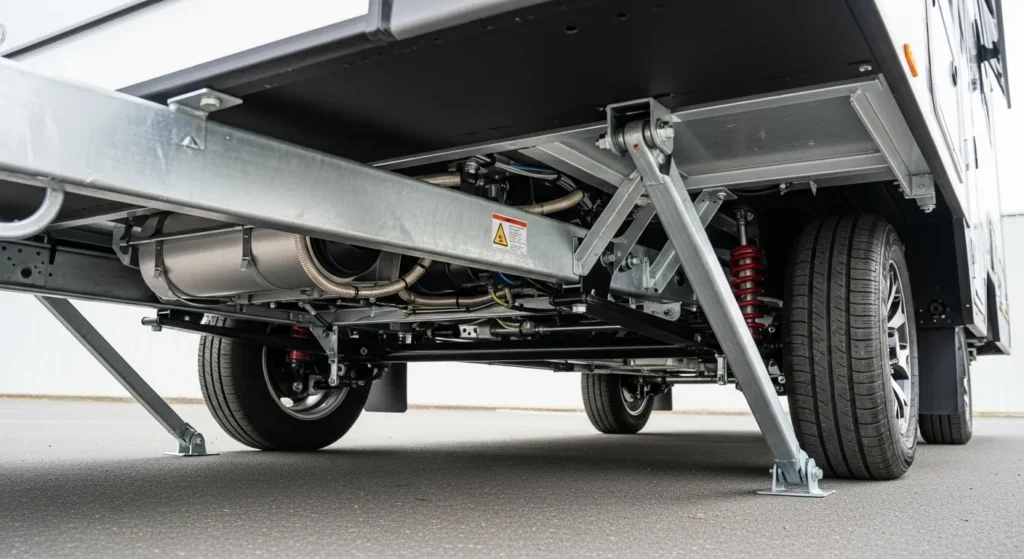
- You get steady, even heat with zero noise.
- No ugly heaters eating up your storage or making the place look like a 70’s B&B.
- Keeps the air fresh, stops condensation build-up and those damp, musty smells.
- You control it by room or area, so you’re not wasting power heating the whole van.
- Safe for kids and pets – no hot surfaces or trailing cables for accidents.
For anyone who’s tried drying wet socks next to a heater that only scorches one spot, this is a massive upgrade.
Boosting Warmth with Smart Additions
Underfloor heating works best as part of a full warmth plan, not just on its own. Here’s my proven “keep the heat in” hacks every UK caravanner should know:
Upgrade insulation everywhere: Top up walls and roof if you can. I used foil bubble insulation behind the kitchen units. I saw instant results.
Thermal curtains trap warmth – perfect on those single-glazed windows you always mean to upgrade.
Seal every gap. Draughts will ruin any heating system. Stick draught tape on the doors, windows, even around main service hatches.
Rugs are your best friend: Even with underfloor, throw a rug by the door, your bed. It locks in heat, keeps the living area feeling snug.
Have a backup heater. A small oil-filled radiator (low wattage) is great as an emergency. I’ve camped down south in March, still needed it some nights.
Top Tips for Ongoing Comfort
Once your underfloor heating is in, don’t just forget about it. Here’s what I’ve learned to keep things efficient:
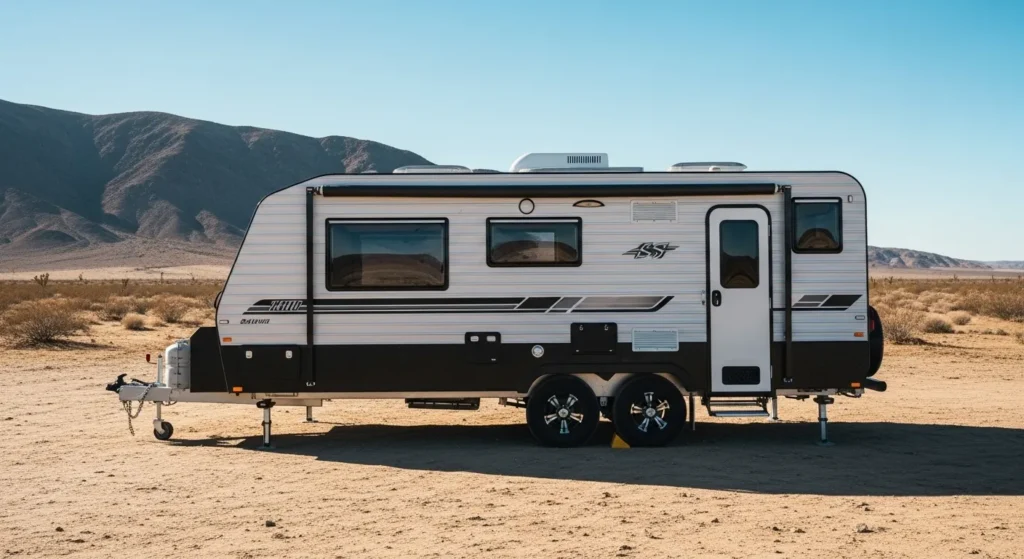
Check seals every season. Heat disappears fast through old window rubbers or loose door seals. Replace before the rot sets in.
Get the system serviced. For hydronic setups, get a pro to check the boiler, flush the pipes once a year. Avoids winter breakdowns.
Monitor for cold spots. I walk the floor in socks, mark cold areas – usually it’s a missed insulation patch or vent.
Keep vents clear but controlled. You still need airflow or condensation will creep in overnight.
If you’re on a hookup, keep power use in mind. Set timers or thermostats so you’re not blasting the heat when you’re out by the firepit.
Final Thoughts on Turning Your Caravan Into a True Getaway
I used to think caravans were only comfy from May to September, but decent heating and insulation change everything. Underfloor heating makes your space inviting, not just bearable – you’re happy to pad about in socks, play cards with the rain hammering down, or watch dawn break from bed.
Getting it right isn’t magic. Insulate well, pick the right system, and double down with extras like good curtains and backup heaters. It’s the difference between dreading cold weather and loving it.
With a warm floor and a steaming mug, you might just forget you’re not in a cottage – until you open the door and see the wild, wet moors. Trust me, you’ll never accept cold feet in a caravan again.
If you need more detailed guides on making your caravan warmer or picking the best heating for your layout, check our other articles on caravan heating solutions and caravan insulation tips. Stay warm, and happy camping.


